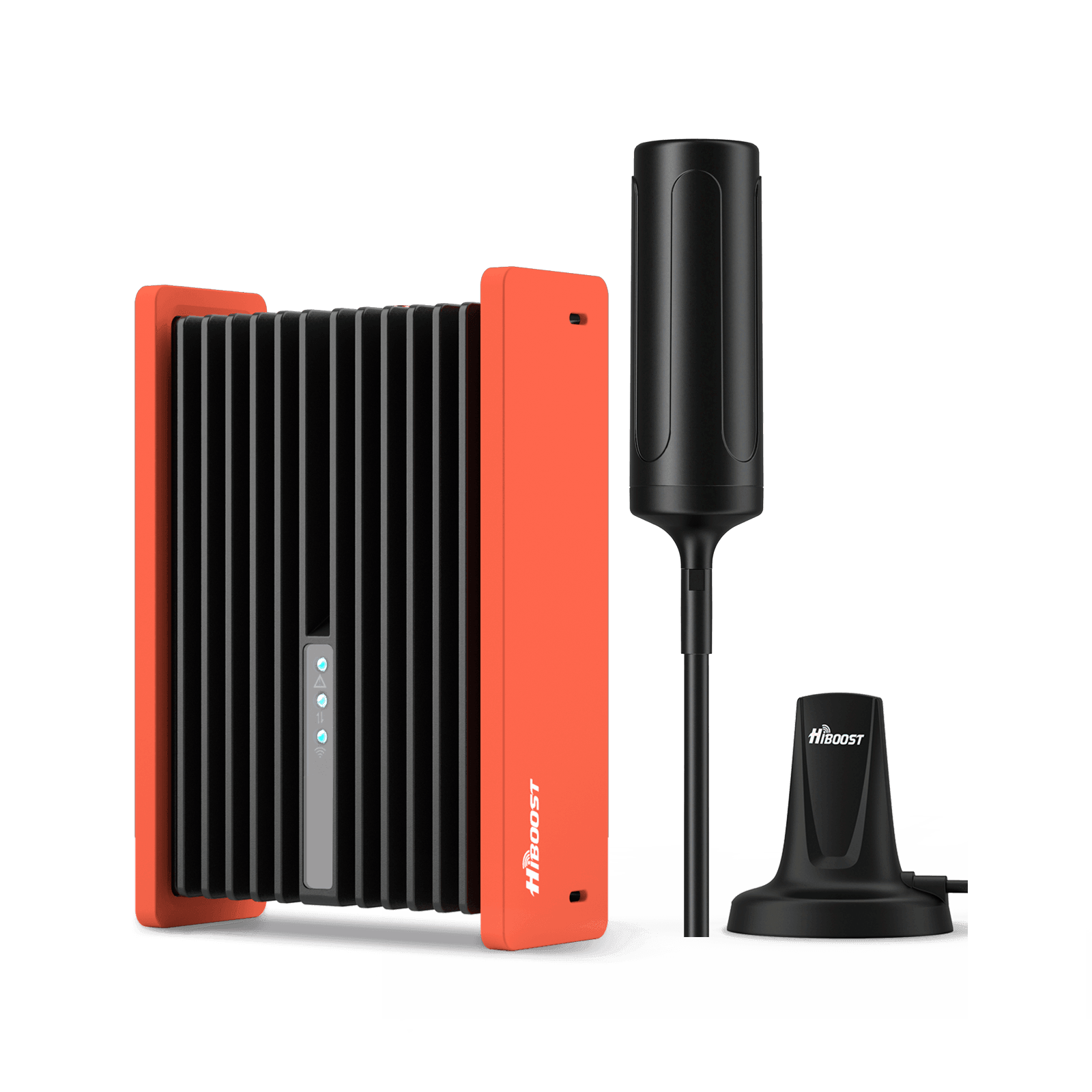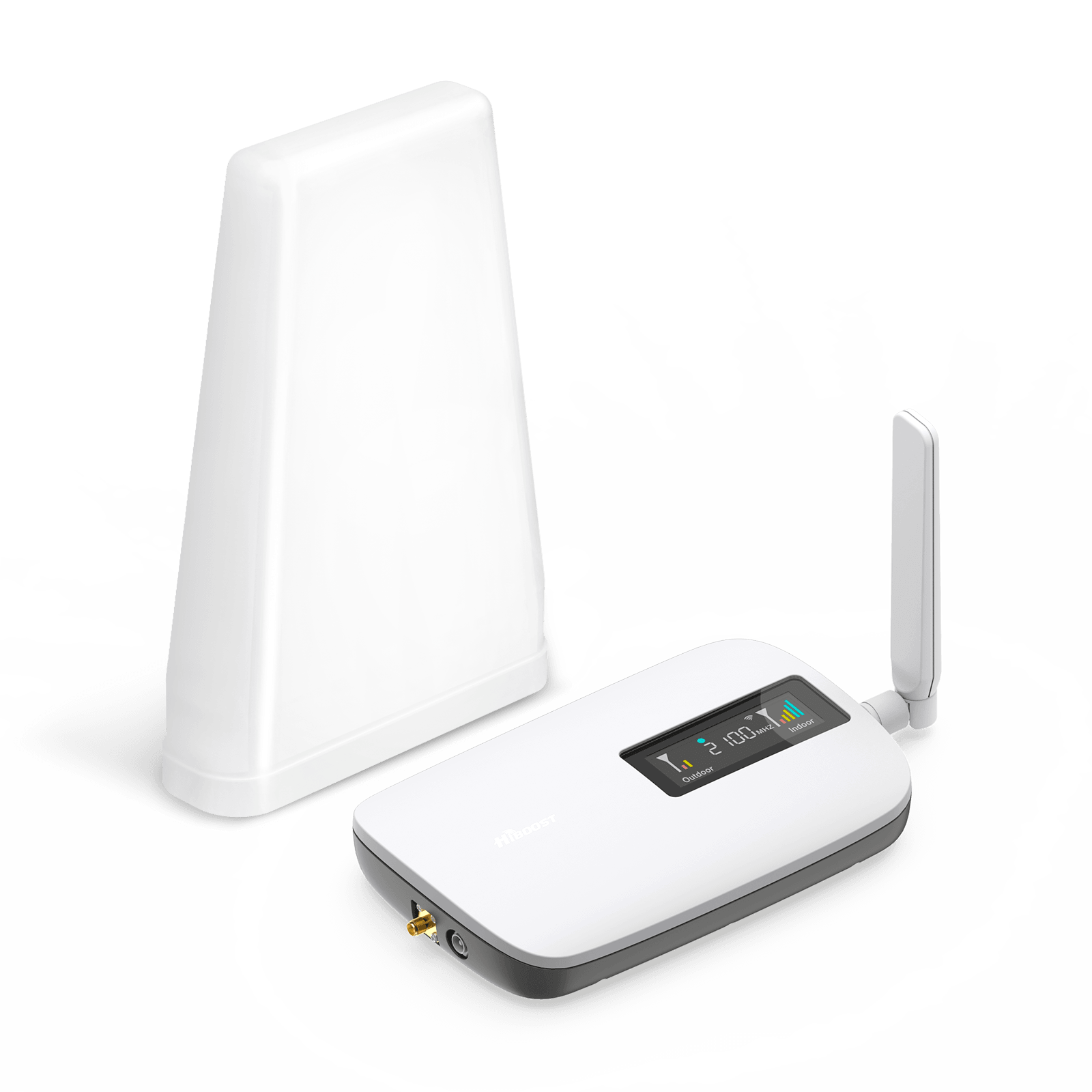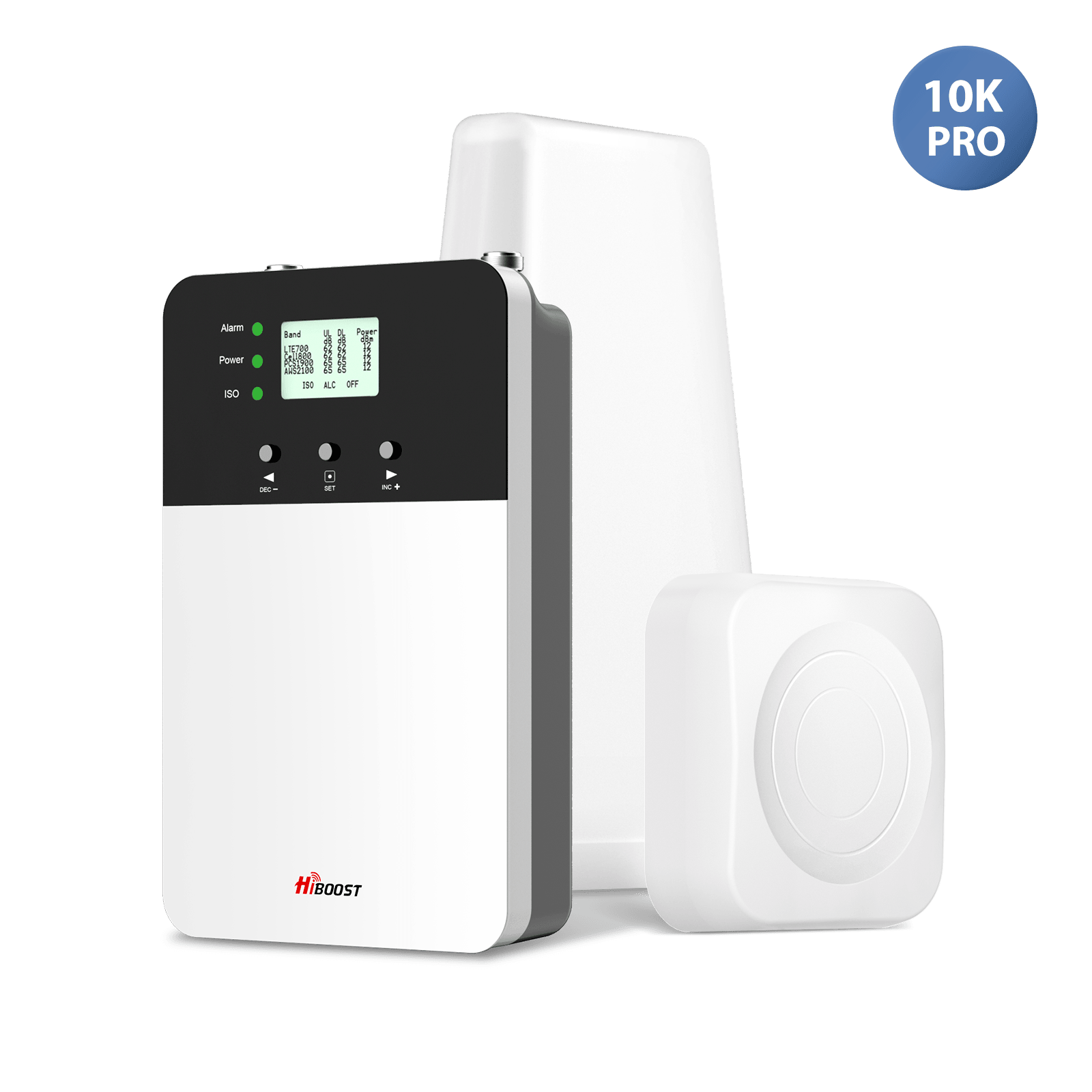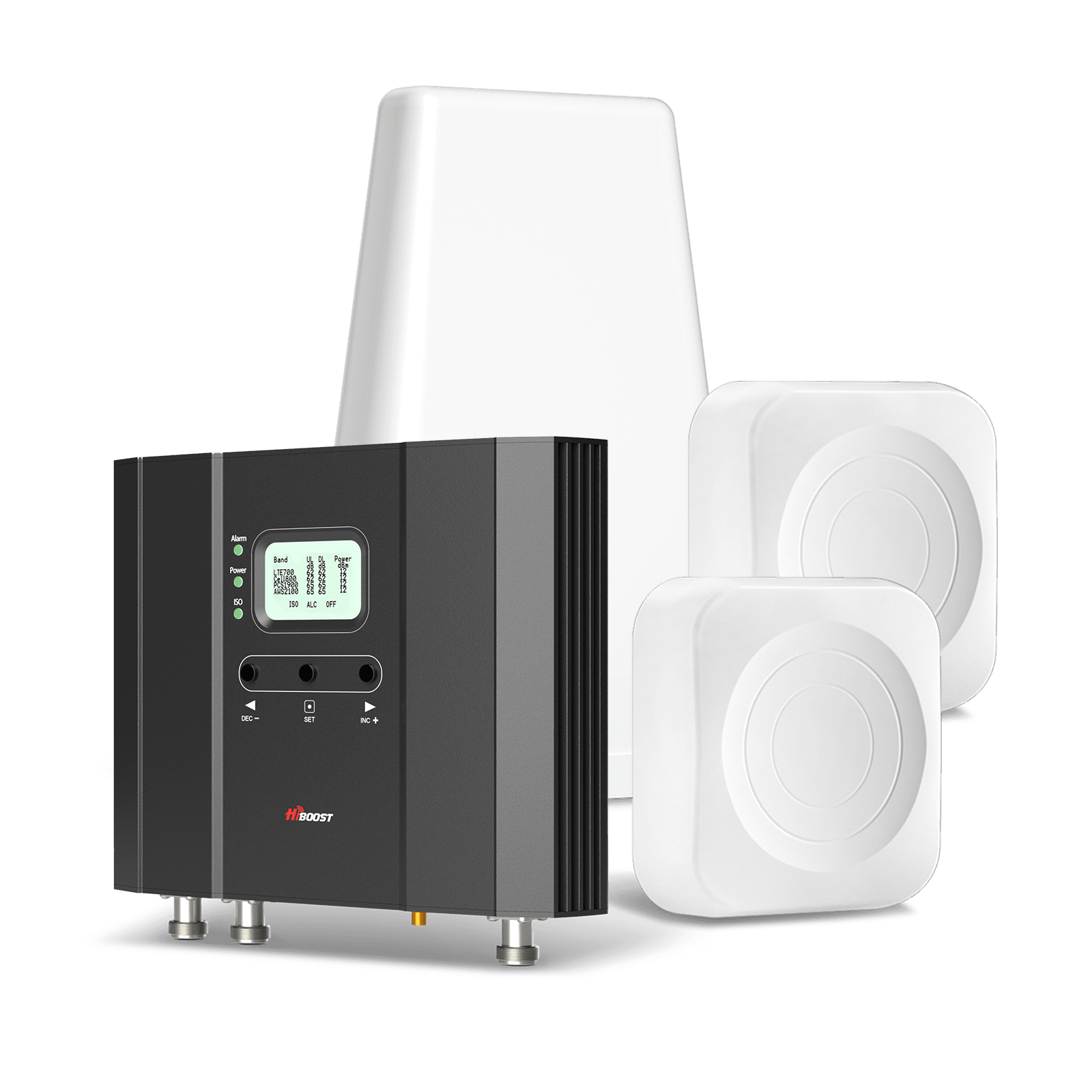Table of Contents
In today’s hyper-connected world, cell towers are the unsung heroes behind the seamless communication we rely on daily. But have you ever stopped to wonder what a cell tower actually is and how it functions?
A cell tower, often referred to as a cellular base station, is a tall structure equipped with antennas and electronic equipment designed to transmit and receive signals for mobile communication. These towers form the backbone of the wireless networks that power our phones, tablets, and other mobile devices.
Understanding how a cell tower works can feel a bit technical, but in simple terms, it’s the vital link that allows your phone to connect to the internet, make calls, and send texts. Let’s dive deeper into the workings of cell towers and uncover the role they play in keeping us connected.

What is a Cell Tower?
A cell tower, also known as a cellular base station, is a critical component of the mobile communication infrastructure. It is a tall structure equipped with antennas, transmitters, and receivers, designed to facilitate wireless communication for mobile devices. These towers serve as the backbone of cellular networks, enabling voice calls, text messages, and internet connectivity.
Cell towers work by transmitting radio frequency (RF) signals, which connect mobile devices like smartphones to the larger network. Each tower covers a specific geographical area, known as a "cell," allowing seamless communication as users move from one area to another.
When you make a call or access the internet, your device sends a signal to the nearest cell tower, which then connects to the network, routing your request to its destination.
With the growing demand for faster data and stronger signals, cell towers continue to evolve, supporting advanced technologies like 4G and 5G.
Types of Cell Towers
Cell towers come in various forms, each designed to meet specific communication needs and environmental considerations. Here are the main types of cell towers:
1. Lattice Towers :- These are the most recognizable type of cell towers, featuring a sturdy steel framework with an open, triangular design. Lattice towers are ideal for areas requiring large coverage as they can support multiple antennas and reach significant heights.
2. Monopole Towers:- A monopole tower consists of a single, tall pole with antennas attached at the top. These towers are space-efficient and often used in urban environments or areas where space is limited. Their compact design makes them easier to install.
3. Guyed Towers:- Guyed towers are tall, thin structures supported by guy wires anchored to the ground. They can reach great heights and are cost-effective, making them ideal for rural or less populated areas.
4. Stealth Towers:- Designed to blend with their surroundings, stealth towers are often disguised as trees, flagpoles, or other structures. They are commonly used in areas with strict zoning laws or aesthetic requirements, such as residential neighborhoods or parks.
5. Small Cell Towers:- These compact towers are used for enhancing coverage in densely populated areas. They support 4G and 5G technology and are often installed on streetlights or buildings, providing localized network boosts in urban centers.
Each type of tower is engineered to suit different locations and communication needs, ensuring reliable connectivity in diverse environments.
Cell Tower Range: Understanding Coverage and Signal Strength
The range of a cell tower plays a crucial role in determining the quality of your mobile signal. Here are key factors that affect cell tower range:
- Distance from the Tower: The closer you are to a cell tower, the stronger your signal. As the distance increases, signal strength decreases, leading to potential dead zones.
- Tower Height and Power: Taller towers with higher transmission power can cover greater distances, providing more expansive coverage for rural or remote areas.
- Obstacles and Interference: Buildings, trees, hills, and other physical barriers can block or weaken signals, reducing the effective range of a cell tower.
- Network Congestion: Heavy traffic on a network, especially during peak hours, can reduce the tower's range and lower connection speeds.
- Weather Conditions: Rain, snow, or heavy fog can interfere with radio waves, affecting cell tower range.
Understanding these factors can help improve signal strength and optimize your mobile coverage.
What Affects a Cell Tower’s Range?
The range of a cell tower can vary significantly, and several factors can affect how far its signal reaches. Here are some key points:
-
Terrain and Geography:- Mountains, hills, and dense forests can block or weaken cell signals, reducing the effective range of a tower. Flat, open areas tend to allow signals to travel further.
-
Building Materials:- Concrete, steel, and other dense building materials can obstruct signals, especially in urban environments, causing weaker connections indoors.
-
Weather Conditions:- Weather elements like rain, snow, and fog can cause signal disruption, reducing the tower’s effective range during inclement conditions.
-
Tower Height and Placement:- The higher the tower, the further its signal can travel. Placing towers on elevated terrain or tall structures improves coverage.
- Network Congestion:- A large number of users connected to the same tower can decrease signal strength and reduce the overall range for each user.
Understanding these factors helps optimize signal strength and ensure better coverage.
What Are the Safety Standards for Cell Towers?
Cell towers play a crucial role in ensuring reliable communication, but their safety standards are essential to protect public health and the environment. Here are some key safety standards for cell towers:
- Radiation Exposure Limits: Government agencies like the FCC (Federal Communications Commission) set strict guidelines for the maximum radiation levels cell towers can emit. These limits are based on scientific studies and ensure that the towers do not pose a risk to human health.
- Distance from Residential Areas: Cell towers are required to maintain a safe distance from residential and densely populated areas to minimize potential exposure to electromagnetic fields (EMFs).
- Structural Integrity: Cell towers must undergo regular inspections to ensure they are structurally sound, especially in regions prone to natural disasters like earthquakes or hurricanes.
- Environmental Impact: Safety standards also consider the impact on wildlife, requiring that cell towers do not harm local ecosystems or migratory bird patterns.
How Tall Are Cell Phone Towers?
Cell phone towers come in various heights, typically ranging from 50 to 200 feet tall. However, some towers can exceed these heights depending on their location and the area they serve.
Urban towers tend to be shorter, often integrated into existing structures like buildings, to blend with the city skyline. In rural or open areas, towers are usually taller to provide a wider coverage area where fewer obstructions exist.
The height of a cell phone tower is crucial for optimal signal transmission. Taller towers help signals travel over longer distances and avoid obstacles like trees or buildings.
However, it’s not just about height—factors such as the number of antennas, tower type (monopole, lattice, or guyed), and the surrounding environment all play a role in how efficiently a tower can deliver cell service.
Understanding tower height is essential for ensuring strong, uninterrupted coverage in both urban and rural environments.
How Do Cell Towers Look?
Cell towers are an essential part of modern communication, but many people may not notice their presence. These towers come in a variety of shapes and sizes, depending on their location and purpose.
Typically, a cell tower is a tall metal structure, ranging from 50 to 200 feet in
height. They are often constructed as monopoles or lattice towers, designed to hold antennas and other transmission equipment.
In urban areas, cell towers might be disguised to blend into the surroundings. You may see them camouflaged as trees, hidden on top of buildings, or integrated into light poles to minimize visual impact. In rural regions, they often stand openly on hilltops or plains to provide the best signal coverage.
Overall, while cell towers might differ in appearance, their role in providing reliable cellular coverage is crucial in keeping us connected to the digital world.
How Far Do Cell Towers Reach?
Cell tower range depends on several factors such as terrain, weather conditions, and the tower's height.
In ideal conditions, cell towers typically cover a radius of 1 to 2 miles in urban areas and up to 25 miles in rural settings. However, there are several points to consider:
- Obstacles: Buildings, trees, and hills can block or weaken signals, reducing the reach of a tower.
- Network congestion: High user demand can shrink the effective coverage area, especially in densely populated locations.
- Frequency band: Lower frequency signals travel farther than higher ones.
For example, 700 MHz frequencies can cover wider areas compared to 2,500 MHz.
- Tower height: Taller towers provide a longer range as they can broadcast over obstacles more effectively.
- Weather: Fog, rain, and storms can cause temporary interference, reducing signal quality.
Understanding these factors helps users optimize their connection based on proximity to the nearest cell tower.
Evolution of Cell Towers: From 4G to 5G
The transition from 4G to 5G represents a monumental leap in mobile technology, fundamentally transforming the way we connect and communicate. Here are some key points highlighting this evolution:
-
Increased Speed: 5G technology offers speeds up to 100 times faster than 4G, enabling seamless streaming, rapid downloads, and smoother online gaming experiences.
-
Lower Latency: With latency reduced to as little as one millisecond, 5G allows for real-time interactions, making applications like augmented reality (AR) and virtual reality (VR) more viable and immersive.
-
Enhanced Capacity: 5G networks can support a significantly higher number of connected devices per square kilometer, facilitating the growth of the Internet of Things (IoT) and smart cities.
- Advanced Network Architecture: The shift to small cell technology and beamforming in 5G enhances network efficiency, allowing for better coverage in densely populated areas.
This evolution paves the way for innovative applications and a more interconnected world.
How Can I Find a Cell Tower Near Me?
Finding a cell tower near you can significantly enhance your cellular reception and improve your overall mobile experience. Here are several methods to locate nearby cell towers effectively:
-
Use Online Tools: Websites like AntennaSearch or OpenSignal provide maps of cell tower locations. Simply enter your address, and these tools will display nearby towers, including their signal strength and coverage area.
-
Mobile Apps: Download apps such as CellMapper or OpenSignal on your smartphone. These apps allow you to view nearby cell towers and even track your signal strength in real-time, helping you identify areas with better reception.
-
Contact Your Carrier: Reach out to your mobile service provider for information on the closest cell towers. They can provide maps and details about tower locations and coverage in your area.
-
Check Local Resources: Some municipalities provide information about cell tower locations through their websites or local planning offices. This can be an excellent resource for finding nearby infrastructure.
-
Community Feedback: Online forums and community groups can also
provide insights into which areas have better cell coverage. Engaging with local users can help you find reliable information about cell towers.
Find Your Nearest 4G & 5G Cell Tower Quickly and Painlessly
If you frequently struggle with poor signal strength, consider investing in a cellular signal booster, such as the HiBoost 10K Plus Pro Phone Signal Booster. 
This powerful device can enhance weak signals from nearby towers, providing improved connectivity for larger spaces. For smaller areas, the HiBoost Mini is an excellent choice, effectively boosting signal strength without taking up much space.
For optimal performance in various environments, the HiBoost 4K Smart Link and HiBoost 15K Smart Link Deluxe models offer advanced features that ensure stable connectivity, even in challenging conditions. Investing in these products will ensure you enjoy seamless communication, regardless of your location.
By taking advantage of these methods and products, you can significantly improve your mobile connectivity and enjoy uninterrupted service.
How Can I Connect to the Nearest Tower?
Connecting to the nearest cellular tower can significantly improve your mobile signal strength and internet speed. Here are some effective ways to establish that connection:
-
Check Your Signal Strength: Use your phone’s settings to check the current signal strength. A higher number indicates a stronger connection to a nearby tower.
-
Use Network Apps: Download apps like OpenSignal or CellMapper that can help you locate the nearest towers and assess their signal quality.
-
Move to an Elevated Area: Position yourself in a higher location, such as a hill or upper floor of a building, which can help your device connect to the tower more effectively.
-
Adjust Device Settings: Enable airplane mode for a few seconds and then turn it off to reset your connection to the nearest tower.
- Consider a Signal Booster: Investing in a cellular signal booster can enhance reception by amplifying signals from the nearest tower to your device.
Where do you need better cell signal?
By following these tips, you can enhance your connection quality and enjoy better communication.
Does My Carrier Own My Nearest Cell Tower?
When it comes to mobile service, many people wonder about the relationship between their carrier and the nearest cell tower. Typically, your carrier does not own every cell tower in your area. Instead, they often lease space on towers owned by third-party companies or other carriers.
This means that multiple providers can utilize the same infrastructure, which helps expand coverage and improve service without the need for building additional towers.
If you're experiencing poor signal strength, it may be due to factors like distance from the nearest tower, interference from buildings, or even network congestion. Understanding who owns and operates the cell towers in your vicinity can help you determine the best mobile provider for your needs.
For optimal performance, consider researching which carrier has the most towers in your area or if they utilize modern technology like small cells or Distributed Antenna Systems (DAS) to enhance coverage.
What Does a Cell Tower Do?
A cell tower, also known as a cell site or base station, plays a crucial role in
mobile communication by facilitating wireless connectivity between mobile devices and the network. At its core, a cell tower transmits and receives radio signals to and from nearby mobile phones, allowing users to make calls, send texts, and access the internet.
When you make a call or browse the web, your device connects to the nearest cell tower. This tower then relays the signal to the broader cellular network, connecting you to the intended recipient or server.
Cell towers are strategically placed to ensure coverage across various areas, forming a network of cells that overlap to minimize dead zones.
In addition to enhancing voice communication, modern cell towers support data transmission, enabling high-speed internet access through technologies like 4G and 5G. As mobile demands increase, the importance of cell towers in maintaining seamless connectivity cannot be overstated.
What is the Difference Between a Cell Site and a Cell Tower?
When discussing mobile telecommunications, it's essential to understand the distinction between a cell site and a cell tower, as these terms are often used interchangeably but refer to different components of the cellular network.
1. Definition:
- A cell site encompasses the entire facility that houses the equipment and technology necessary for cellular communication. This includes multiple
components like antennas, transmitters, and base stations.
- A cell tower, on the other hand, is a specific structure that supports the antennas used for transmitting and receiving signals. It is just one part of the cell site.
2. Functionality:
- The cell site serves as the operational hub for cellular communication, facilitating connections between users’ devices and the network. It manages the routing of calls and data.
- The cell tower primarily acts as a physical point for broadcasting and receiving radio signals, extending the network coverage over a specific area.
3. Infrastructure:
- Cell sites may include multiple towers, depending on the coverage requirements and technological needs. They often feature backup power supplies and other critical infrastructure to ensure continuous operation.
- Towers can be freestanding, attached to buildings, or camouflaged to blend into the environment, but they do not encompass the entire site’s functionality.
Understanding these differences is crucial for grasping how mobile networks operate and deliver seamless communication services.
How big of an area and how many people does one cell tower usually cover?
When considering the coverage of a cell tower, several factors influence its range and effectiveness. Typically, a single cell tower can cover an area of 1 to 10 miles in radius, depending on various conditions. Here are some key points to understand this better:
-
Geographic Terrain: The type of terrain plays a significant role in coverage. Urban areas with tall buildings may reduce range, while flat, open spaces can allow signals to travel further.
-
Frequency Band: Different frequency bands have varying ranges. Lower frequencies (like 700 MHz) can cover larger areas but may carry less data. Higher frequencies (like 1900 MHz) provide faster data but cover smaller areas.
-
Tower Height: Taller towers can broadcast signals further. Most towers are between 100 to 300 feet high, with higher elevations allowing signals to penetrate obstacles more effectively.
-
Network Capacity: The number of users connected to a tower can affect performance. In densely populated areas, towers may be closer together to handle more users, which may reduce the individual coverage area.
- Population Coverage: On average, a cell tower can serve 1,000 to 2,000 users simultaneously, depending on traffic demands and technology.
Understanding these factors helps clarify how cell towers function and the extent of their coverage, ensuring better connectivity for users.
How Many Users Can a Mobile Tower Accommodate, and How Does Speed Get Affected?
Mobile towers, or cell towers, are crucial in facilitating wireless communication by connecting users to the mobile network. The number of users a mobile tower can accommodate depends on several factors, including the technology used, the frequency bands, and the tower's capacity.
Typically, a single tower can serve thousands of users simultaneously, but this number can vary significantly based on demand and the density of the user population.
When a tower becomes congested, meaning too many users are trying to access the network at once, the quality of service diminishes. This congestion leads to slower data speeds and increased latency, making activities like video streaming and online gaming challenging.
Moreover, the technology in use plays a critical role in determining capacity. For instance, 4G networks can support more users than older 3G networks due to advanced technologies like Multiple Input Multiple Output (MIMO) and beamforming. As more users connect to a tower, the available bandwidth is divided among them, resulting in slower speeds.
To mitigate this, network providers continuously invest in upgrading
infrastructure and implementing technologies like small cells to offload traffic from congested towers, ensuring users maintain a satisfactory experience.
Is there any limit to the number of users that can connect to a mobile tower (BTS)?
When considering the capacity of a mobile tower, or Base Transceiver Station (BTS), it’s essential to understand that there is indeed a limit to the number of users that can connect simultaneously. This limit is primarily determined by the technology used (e.g., 2G, 3G, 4G, or 5G), the available spectrum, and the configuration of the tower.
For instance, older technologies like 2G typically support fewer users compared to newer technologies like 4G and 5G, which can accommodate hundreds of simultaneous connections. Additionally, the bandwidth allocated to each user impacts the total number of users a tower can effectively support.
Network congestion can occur when a tower reaches its user capacity, leading to dropped calls or slower data speeds. To mitigate this, mobile operators often deploy additional BTS units in high-traffic areas, ensuring a more reliable connection for users. Understanding these limitations can help users make informed decisions about their mobile connectivity.
In conclusion, understanding what a cell tower is and how it operates is crucial in today’s connectivity-driven world. A cell tower, or base station, plays a vital role in transmitting and receiving signals from mobile devices, enabling seamless communication over vast distances.
These towers work by converting voice and data into radio signals, which are then sent to a central network, facilitating everything from phone calls to high-speed internet access.
At HiBoost, we recognize the importance of robust cellular connectivity in both personal and business environments. With the increasing demand for reliable mobile communication, having efficient cell towers ensures that users stay connected, whether they are in urban areas or remote locations.
Keep your cell phone signal in your home or small business
By investing in quality signal boosters and understanding how cell towers function, individuals and businesses can improve their communication experience.
As mobile technology continues to evolve, so too will the capabilities of cell towers, paving the way for faster, more reliable service. At HiBoost, we are committed to helping you optimize your connectivity solutions, ensuring you stay connected no matter where you are.






Leave a comment
All comments are moderated before being published.
This site is protected by hCaptcha and the hCaptcha Privacy Policy and Terms of Service apply.